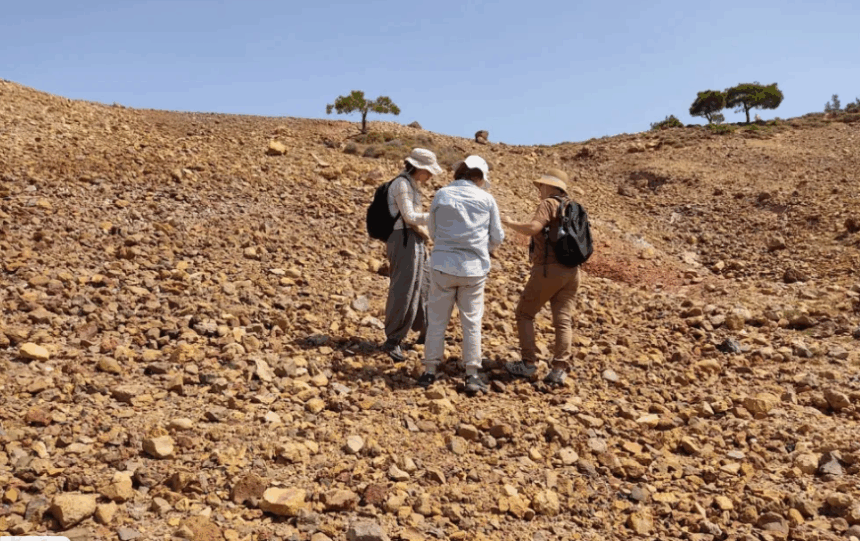Early humans could have entered Europe along a now-submerged land bridge from Turkey’s Aegean coast during Ice Age sea-level lows, according to reporting by Andrew Paul in Popular Science on September 18, 2025. A new study in the Journal of Island and Coastal Archaeology reports that a two-week walking survey in June 2022 found almost 140 Paleolithic tools at 10 beach locations near Ayvalık in the North Aegean, including handaxes, cleavers, and flake tools linked to Neanderthals and early Homo sapiens. The authors argue these tools place Ayvalık within a wider technological tradition spanning Africa, Asia, and Europe.
The article explains that during the Pleistocene (2.58 million–11,700 years ago), sea levels fell by roughly 330 feet, exposing broad coastal plains and forming continuous landmasses that could have linked Anatolia to mainland Europe. As co-author Kadriye Özçelik notes, today’s islands and peninsulas would have been interior zones within a much larger terrestrial environment. Despite challenging preservation conditions in the North Aegean, the team still recovered artifacts from multiple Paleolithic phases, which they say merits a reorientation of migration research toward under-studied coastal corridors like Ayvalık.
It aslo adds that the researchers are calling for stratigraphic excavations, paleoenvironmental reconstructions, and absolute dating to establish firm timelines and test the land-bridge hypothesis, since the reported tools were found on the surface during a reconnaissance survey



